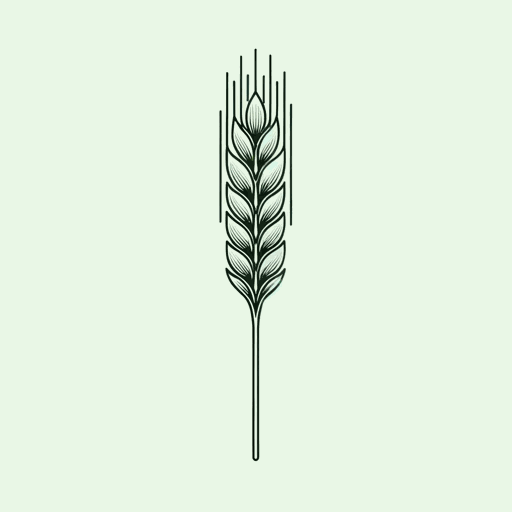79 pages • 2 hours read
Jared DiamondGuns, Germs, and Steel
Nonfiction | Book | Adult | Published in 1997A modern alternative to SparkNotes and CliffsNotes, SuperSummary offers high-quality Study Guides with detailed chapter summaries and analysis of major themes, characters, and more.
Part 3, Chapters 11-14 Chapter Summaries & Analyses
Part 3: "From Food to Guns, Germs, and Steel"
Chapter 11 Summary: “Lethal Gift of Livestock”
Farmers had several advantages over hunter-gatherers: denser human populations that food production can support, better weapons and technology, centralized governments, and resistance to more unpleasant germs (this chapter’s focus).
Humans have shown a fondness for both livestock and domestic pets. Pets can transmit infectious diseases that are not usually serious, but some diseases, such as smallpox, flu, measles, and tuberculosis, developed from animals. Following Columbus’s first voyage to the New World, Spanish conquistadors made their way to the Americas and brought with them microbes that decimated Native Americans.
But why did the Native Americans not also pass on diseases that would travel back to Europe with the Spanish invaders?
Microbes evolve in the same manner as other species, in that evolution selects for those individuals most effective at producing offspring and helping them spread. The easiest way for a germ to be spread is to be transmitted passively to the next victim. Other germs are more active, however, and can modify a host’s anatomy or habits to facilitate transmission, for instance by inducing a person to cough or sneeze. Where a disease kills its host, death is merely an unintended by-product from the germ’s perspective—while they are alive, they ensure the spread of bacteria to further victims.
Related Titles
By Jared Diamond




